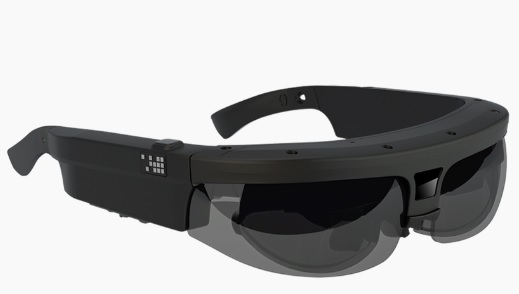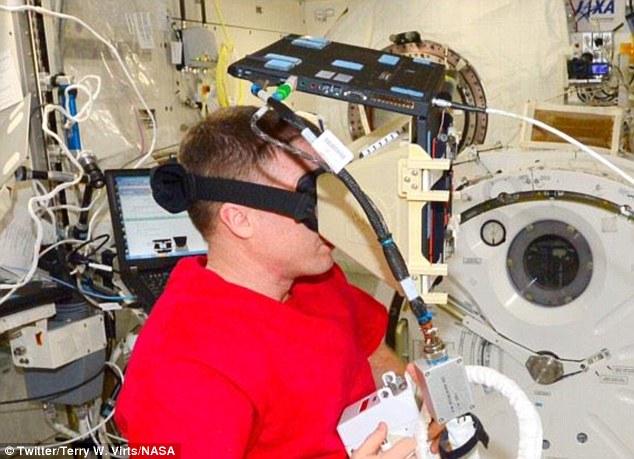
The goal of these computerized glasses will be to show astronauts how to conduct experiments in space or how to repair components of their vessels if need be. Instead of relying on printed instruction manuals as well as phone calls back to Earth for further clarification, NASA contends that the use of smart glasses will cut way down on time and resources for what could be fairly simple tasks. (Consider this: a phone call from Mars to Earth could take 20 minutes just to connect!)
The days of relying on printed manuals may be long gone for astronauts. Understandably, the bulky manuals and often zero-gravity environments that astronauts are in when trying to navigate through these manuals have made this option less appealing over time. Fortunately, advancements in smart glasses may have paved the way for a much better alternative, and NASA recently announced a partnership with the Osterhout Design Group to innovate high-tech, interactive glasses for astronauts.
Interestingly, this isn’t the first time NASA has attempted to use the latest in technology to bypass the printed instruction manual. In fact, NASA actually tested out the approach of strapping laptops to astronauts’ helmets, but as one might imagine, that tactic was also bulky and cumbersome. And while smart glasses may not have taken off (yet) back here on Earth, NASA believes there are great implications for the technology in space.

After receiving many submissions for prototypes, NASA eventually selected the Osterhout Design Group, whose electronic products are currently being used by defense and industrial customers. The R6, which is the company’s heaviest-duty headset, is designed for harsh environments, making it a particularly good fit for the applications for which NASA would like to use the technology.
The smart glasses that NASA is developing in conjunction with the San Francisco-based Osterhout Design Group are slated to be tested in an undersea lab made to simulate space environments later this year.
So, how will these smart space glasses work? For starters, after learning how critical small form factor was, the developers decided to use microchips made for smartphones as the building blocks of these new smart glasses. Critical information that the astronauts need to complete tasks will be projected onto the lenses of the glasses. Addressing the challenge that bulky printed manuals caused, these smart glasses will free up the astronauts hands for important tasks. NASA has spent the better part of a decade developing the software for the glasses, which encompasses video recognition technology as well as voice-control systems.
Advertisement
Learn more about Electronic Products Magazine





